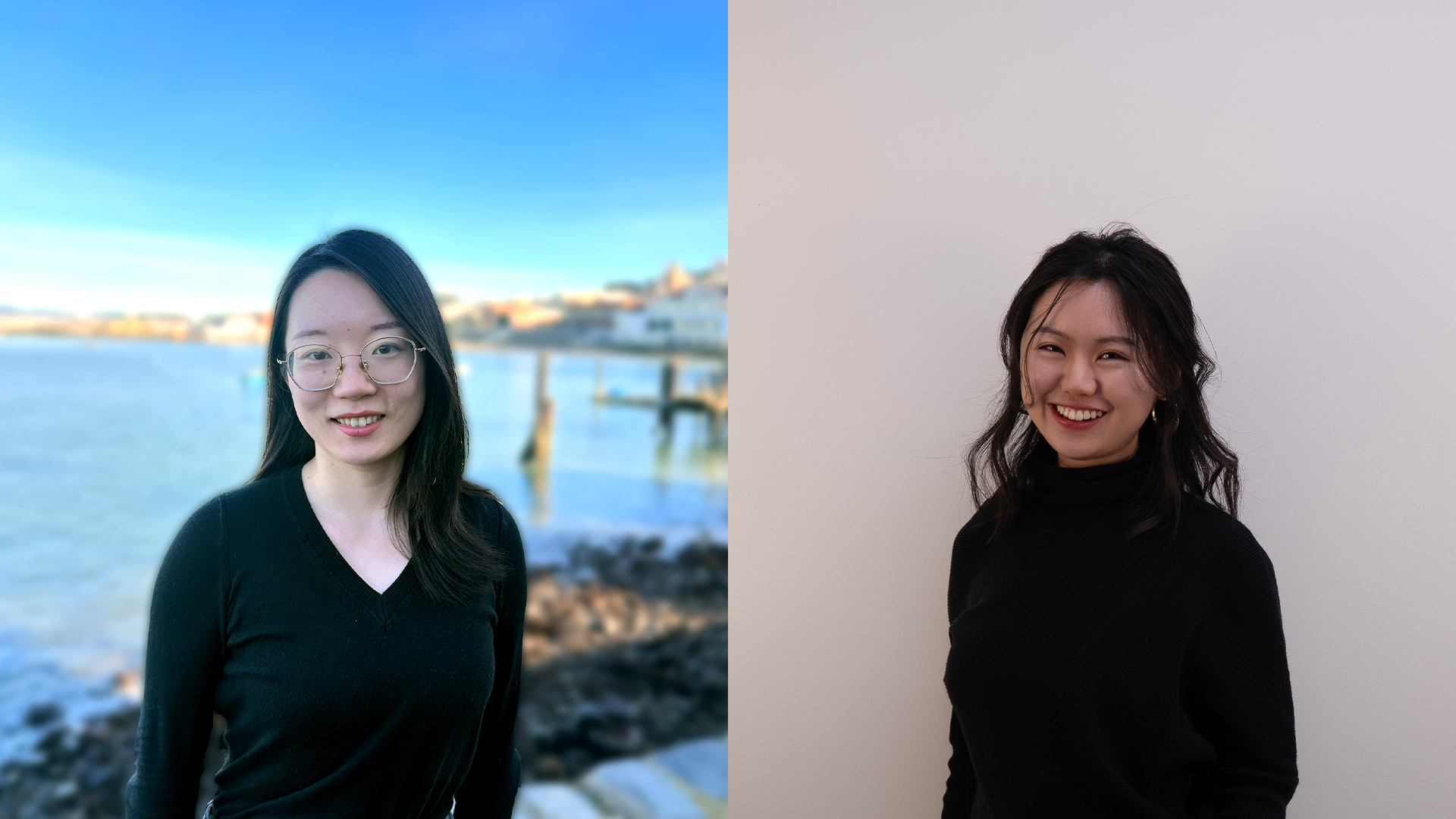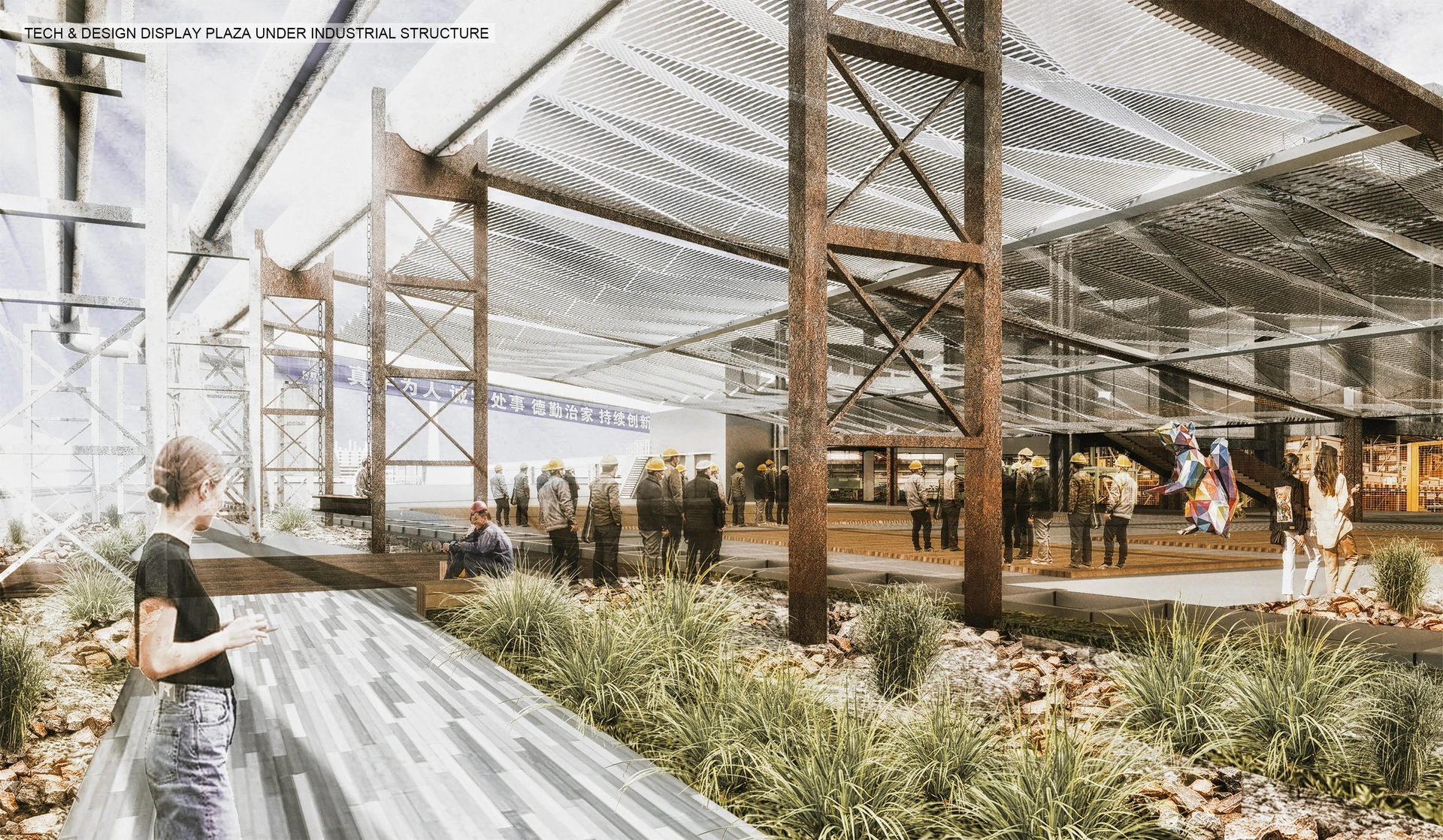A Unique Take on Landscape Designing with Yijia Xu & Zhimin Ma

Lviv Science Museum | Fueling the Desire for Discovery
December 24, 2024
IAA Launches the 2025 LIT Advertising Awards: Honoring Creativity in Advertising and Design
December 24, 2024Yijia Xu & Zhimin Ma
Yijia Xu and Zhimin Ma are landscape designers dedicated to transforming overlooked spaces into meaningful environments that serve both people and nature. With backgrounds in architecture and landscape design, they craft sensory-driven spaces that highlight each site's unique essence while balancing functionality and aesthetics.
Yijia Xu: I’m currently a landscape designer with Field Operations. I was trained as an architect before turning to landscape architecture for my master’s degree.
Zhimin Ma: I'm a landscape designer based in San Francisco, focusing primarily on public landscape projects.
Yijia Xu: Design could mean a lot. But personally, design amplifies the sensational experience of the world. I somehow believe good design is not always about inventing new things. It’s the delicacy, curiosity and empathy when you observe the world that could turn the otherwise invisible things feel tangible ones. In this way, design is both personal and public to me.
Zhimin Ma: Design brings our everyday experiences into poetic storytelling, bridging between functionality and aesthetics. In landscape design, it’s the practice of transforming neglected spaces into environments that serve not only people but the ecosystem as well.
Yijia Xu: I appreciate designs that capture the essence of a site. The magic lies in transforming overlooked or neglected spaces into extraordinary experiences. It’s about recognising every aspect of the site without bias and using thoughtful design to shift public perceptions. Some of my favourite examples include the High Line, Landschaftspark Duisburg-Nord, and Leça Swimming Pool.
Zhimin Ma: I admire designs that engage all senses. Thoughtful placemaking, the right combination of materials and plants, and high-standard construction create immersive experiences where you can see, hear, smell, and feel nature's essence.
Both of us pay a lot of attention to the texture of the site. It is not only about the richness of the materials but also the unique characteristics of the site, light or heavy, transient or permanent, dynamic or static etc.
On our first visit to the site, we were struck by the dynamic, ever-changing nature of the steel plant. This inspired us to begin by carefully analysing the evolving processes within the plant.
Our project reimagines one of China’s largest steel plants as a mixed-use landscape. It addresses the challenge of bridging ongoing industrial operations with sustainable, community-engaging spaces.
We chose to submit this project because it reflects our vision for future industrial landscapes—not as abandoned relics, but as spaces with potential to evolve and engage with contemporary societal needs. It symbolises the intersection of creativity, functionality, and sustainability in a rapidly urbanising world.
Yijia Xu: Creativity, Storytelling, and Beauty.
Zhimin Ma: Creativity, positive environmental impact, and the uniqueness of each project.
We anticipate the design industry moving towards adaptive reuse and sustainability, especially in urban and industrial environments. Cross-disciplinary collaboration will become essential as designers engage with engineers, environmentalists, and communities. Technology will continue to play a transformative role, enhancing how spaces are conceptualised and experienced.
Ultimately, design will shift towards fostering resilience—creating spaces that adapt to changing economic and environmental conditions while remaining connected to the general public.
Yijia Xu: Travel as much as you can. Understand how diverse the local communities construct their built reality (or utopia) with their unique history, materials and perspectives.
Zhimin Ma: Visit more landscape sites, and always bring questions. Real-world sites reveal the practical aspects of design far better than drawings can.
Winning Entry
Crafting the Landscape in an Active Steel Plant | London Design Awards
This project reimagined a mixed-use landscape in an industrial context, which was located in one of the largest active steel plants in China. By taking on the idea of recrafting... (read more here)
Yijia Xu & Zhimin Ma
Yijia Xu and Zhimin Ma are landscape designers dedicated to transforming overlooked spaces into meaningful environments that serve both people and nature. With backgrounds in architecture and landscape design, they craft sensory-driven spaces that highlight each site's unique essence while balancing functionality and aesthetics.
Read about the interview about An Accomplished Design Director’s Journey | Lin Hua Huang’s 10-Year Challenge here.


